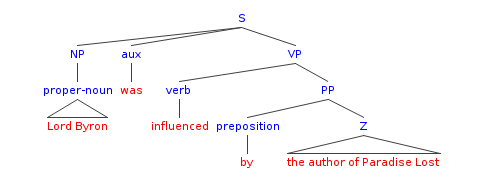

If x is a scalar, the meaning of the statement is "add one to the value at address x and store the result into the location at address x".įinally, note that some semantics can not be determined at compile-time and therefore must be evaluated at run-time.If x is a pointer to some data type, the meaning of the statement is to "add sizeof( some data type) to the value at address x and store the result into the location at address x".

If x is a float data type, this statement has no meaning (according to the C language rules) and thus it is an error even though the statement is syntactically correct.First of all, is it even valid to attempt this? But what do they mean? Is it even valid to attempt to transform these statements into an executable sequence of instructions? These questions are at the heart of semantics.Ĭonsider the ++ operator in the first statement. It answers the questions: is this sentence valid? If so, what does the sentence mean? For example: x++ // incrementĪre syntactically valid C statements. Semantics is about the meaning of the sentence. C99 and latter allow mixed type declarations.) data types and variables must be declared before the first executable statement (this feature has been dropped in C99.group multiple statements into a single statement by enclosing in curly braces.enclose the conditional expression of an IF statement inside parentheses.It answers the question: how do I construct a valid sentence? All languages, even English and other human (aka "natural") languages have grammars, that is, rules that define whether or not the sentence is properly constructed. Syntax is about the structure or the grammar of the language. Semantics is about whether or not the sentence has a valid meaning. In summary, syntax is the concept that concerns itself only whether or not the sentence is valid for the grammar of the language.


 0 kommentar(er)
0 kommentar(er)
